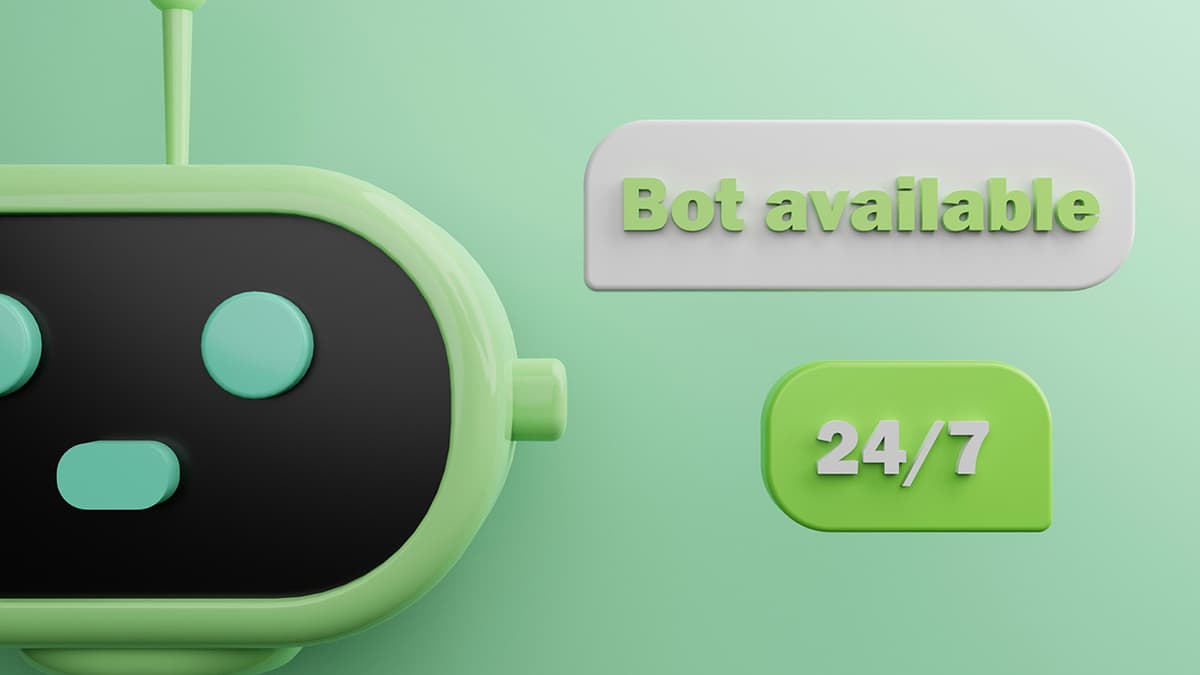Understanding JavaScript Closures: A Guide for Beginners
JavaScript closures are a powerful and often misunderstood concept that can cause confusion for many programmers, especially those new to the language. A common question that arises is: What are closures in JavaScript and how do they work? In this article, we'll explore closures in depth to help you grasp their significance and practical applications.
What is a Closure?
At its core, a closure is a function defined within another function that retains access to variables from its parent function's scope even after the parent function has finished executing. This behavior allows the inner function to "close over" and capture the environment in which it was created. In simpler terms, a closure gives you access to an outer function's scope from an inner function.
To better understand closures, let's look at an example:
Javascript
In this example, innerFunction is the closure that remembers and has access to the outerVariable from the outerFunction, even after outerFunction has finished executing. This allows innerFunction to access and manipulate outerVariable whenever it is called.
Why are Closures Important?
Closures play a crucial role in JavaScript because they enable powerful programming techniques such as data hiding, encapsulation, and currying. By leveraging closures, you can create private variables, simulate object-oriented patterns, and implement functional programming concepts.
Data Hiding and Encapsulation
One of the main benefits of closures is their ability to create private variables. Since variables captured by a closure are not accessible from outside the function, you can use closures to protect sensitive information and prevent unwanted modifications.
Javascript
In this example, the count variable is hidden within the createCounter function, and only the increment and getCount methods have access to it. This encapsulation ensures that the count variable cannot be modified directly, providing a secure and controlled way to manage the counter.
Currying and Partial Application
Closures also enable currying and partial application, two functional programming techniques that involve creating new functions by pre-filling arguments of existing functions. This allows for more flexible and reusable code by breaking down complex functions into smaller, composable parts.
Javascript
In this example, the add function uses closures to "remember" the value of a when it is initially called, creating a new function that adds the stored value of a to any subsequent argument provided. This curried function addFive can now be used to easily add 5 to any number.
Common Pitfalls and Best Practices
While closures are a powerful tool, they can also lead to unexpected behavior if not used carefully. Here are some common pitfalls to watch out for when working with closures:
Memory Leaks
Since closures retain references to outer variables, they can prevent those variables from being garbage-collected even when they are no longer needed. This can lead to memory leaks if closures are not managed properly, especially in long-running applications.
To avoid memory leaks, make sure to release references to closures when they are no longer needed, or use techniques like weak maps to store data with less risk of memory leakage.
Shared Mutable State
Closures that manipulate shared mutable state can introduce bugs and make code harder to reason about. When using closures, be cautious of modifying variables outside of the closure's scope, as it can lead to unexpected side effects and race conditions.
To mitigate shared mutable state issues, prefer immutable data structures and pure functions that do not rely on external variables to maintain consistency.
Performance Considerations
While closures are a valuable feature, excessive use of closures can impact performance due to increased memory consumption and slower execution times. Prioritize readability and maintainability when deciding where to use closures in your code.
Consider refactoring complex closures into simpler functions or modules to improve code organization and optimize performance where necessary.
Closures are a fundamental aspect of JavaScript that empower developers to write flexible, maintainable, and expressive code. By understanding how closures work and applying best practices, you can harness the full potential of closures to enhance the functionality and efficiency of your JavaScript applications.
Closures are not a mysterious black box, but a powerful tool that can be leveraged to create elegant solutions to complex problems. Embrace the concept of closures, experiment with different use cases, and elevate your JavaScript programming skills to new heights.












